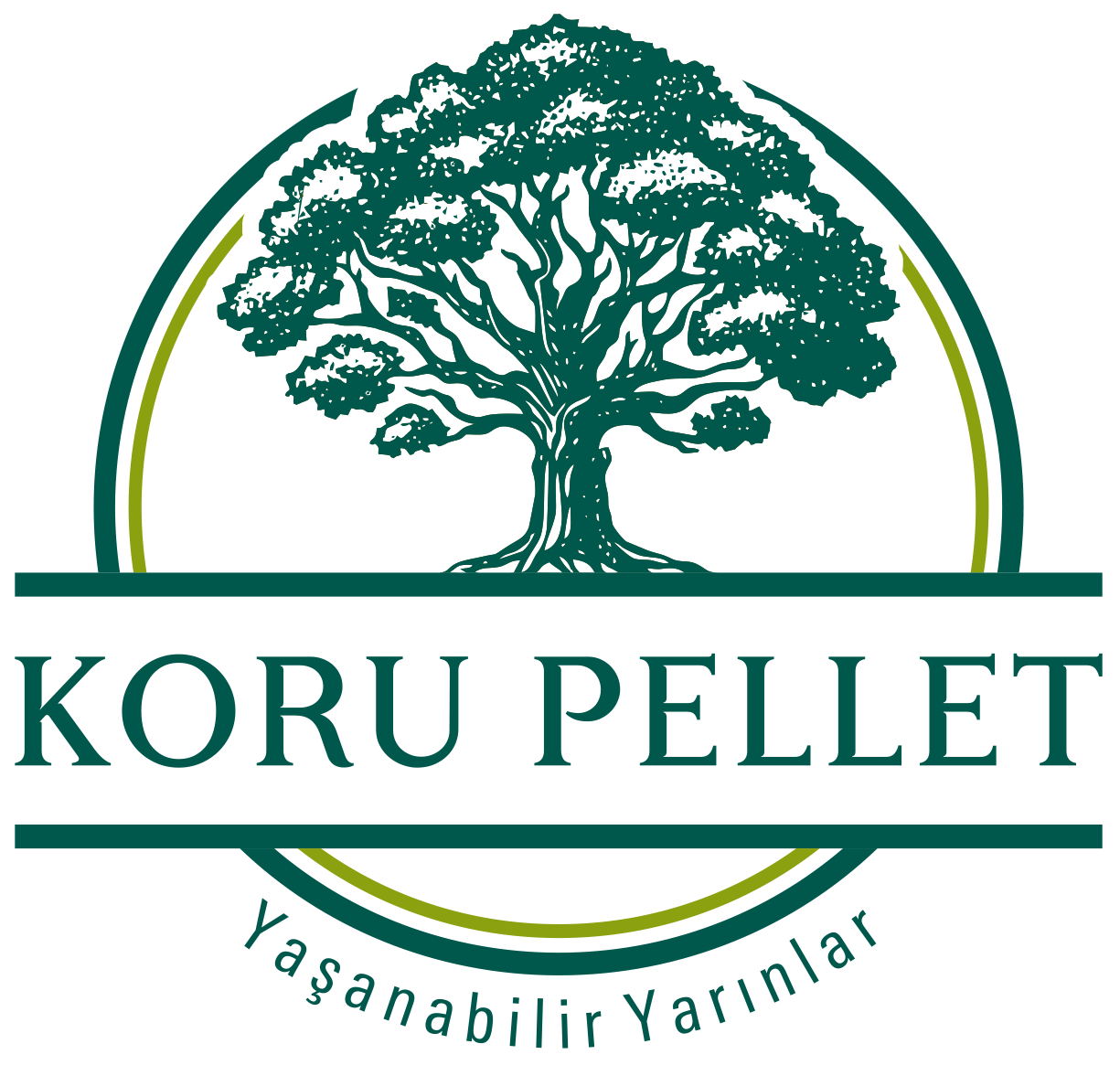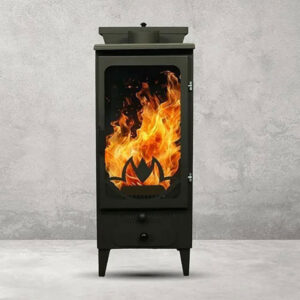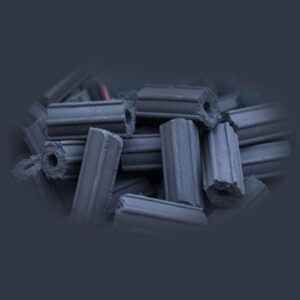The olive pit is the hard seed found inside the olive fruit. It is typically produced as waste during olive production, but in recent years, it has become a valuable raw material, both economically and environmentally.
🔥 Uses of Olive Pits
1. Biofuel (Heating Purposes)
Dried and ground olive pits are used as solid biofuel in stoves and boilers.
Calorific value: Approximately 4,500–5,000 kcal/kg (similar to pine pellets)
Advantages: Low ash content, environmentally friendly fuel, renewable energy source
2. Pellet or Briquette Production
Olive pits can be pressed into olive pellets.
These pellets are used as fuel in pellet stoves or industrial boilers.
3. Cosmetics and Cleaning Products
Powdered olive pits are used in natural skin cleansers due to their exfoliating properties.
They are especially preferred in organic cosmetic products.
4. Activated Carbon and Industrial Uses
Activated carbon can be produced from olive pits treated at high temperatures.
This can also be used in water filtration and air purifiers.
5. Animal Feed and Fertilizer (Limited Use)
After removing oil residues, it can be used as a feed additive or organic fertilizer with some special processing. However, it is not recommended to use it directly as feed.
________________________________________
🎯 Advantages
Comes from waste material: Beneficial for recycling
Economic: A cheap and domestic biofuel source
Environmentally Friendly: Low carbon emissions
✅ Advantages of Pellet Stoves
Advantage Description
🔋 Automatic operation: Automatically feeds for a specific period; no need for frequent fuel additions.
🌱 Environmentally friendly: Because it runs on biofuel, it emits significantly less carbon than fossil fuels.
🔥 High efficiency: Efficiency rates are generally between 80-95%.
🧼 Clean burning: Produces low ash; requires less cleaning and maintenance.
⏱ Timer operation allows for daily or weekly programming.
________________________________________
❗ Things to Consider
Requires electricity: An electrical connection is required for ignition and fans.
Requires regular maintenance: The ash drawer and chimney need to be cleaned periodically.
Fuel quality is important: Poor-quality pellets can damage the stove or reduce its efficiency.
Initial investment cost: More expensive than traditional stoves, but the fuel cost is lower.





